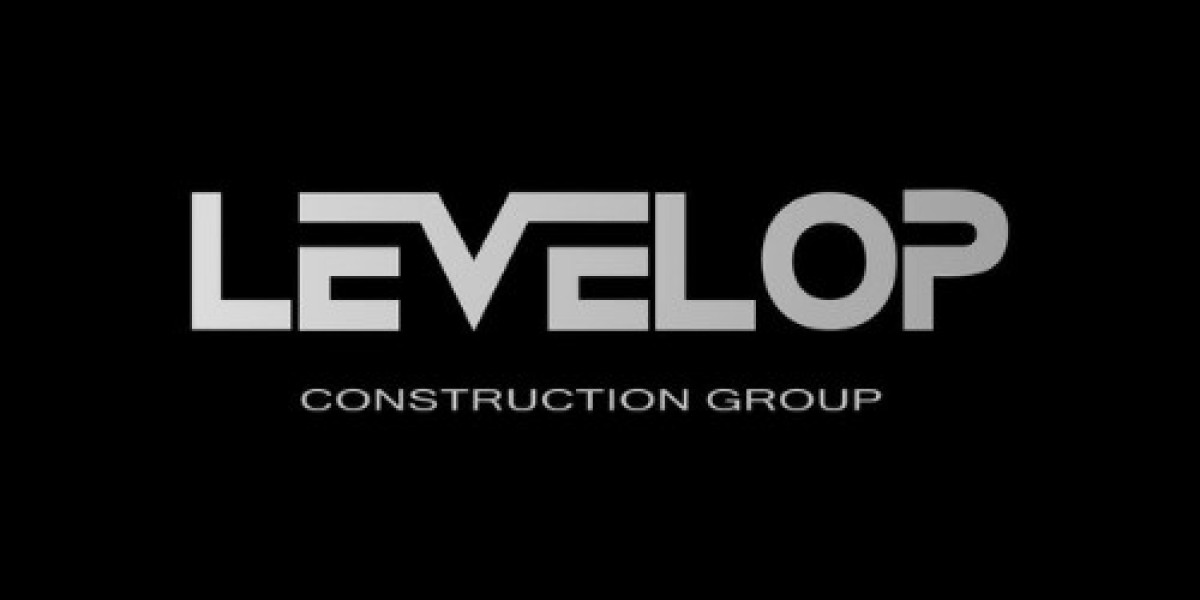Introduction: The Next Frontier in Medical Visualization
Medical imaging plays a crucial role in diagnosis, treatment planning, and guidance across a wide range of medical specialties. However, traditional imaging procedures often rely heavily on manual operation, which can lead to variability in image quality, patient discomfort, and potential operator fatigue. Robotic medical imaging systems are emerging as a transformative solution, offering enhanced precision, automation, and standardization in image acquisition. These systems leverage robotics and advanced control algorithms to improve image quality, reduce radiation exposure, and enhance workflow efficiency. The Robotic Medical Imaging Market is a dynamic and rapidly evolving sector, poised to reshape how medical images are acquired and interpreted.
How Robotic Medical Imaging Works
Robotic medical imaging systems utilize robotic arms and automated positioning systems to precisely control and manipulate imaging equipment, such as ultrasound probes, X-ray detectors, or MRI coils. These systems often incorporate advanced sensors, real-time feedback mechanisms, and sophisticated software to ensure consistent and accurate image acquisition.
Key features of robotic medical imaging systems include:
- Precise Positioning and Movement: Robotic arms can move with sub-millimeter accuracy, allowing for highly controlled and reproducible image acquisition.
- Automated Scanning: Systems can perform pre-programmed scans, ensuring consistent coverage and minimizing operator variability.
- Force Sensing and Control: Robotic arms can be equipped with force sensors to maintain gentle contact with the patient, improving comfort and reducing the risk of injury.
- Image Guidance and Navigation: Systems can integrate with real-time imaging feedback (e.g., ultrasound, fluoroscopy) to guide the robotic arm and optimize image acquisition.
- Remote Operation: In some applications, robotic systems can be operated remotely, allowing for imaging in challenging environments or reducing radiation exposure to the operator.
Applications and Benefits
Robotic medical imaging systems are finding increasing applications across various modalities:
- Robotic Ultrasound: Robotic arms precisely control the ultrasound probe, enabling standardized and reproducible scans, particularly for breast imaging, vascular imaging, and musculoskeletal imaging.
- Robotic X-ray and Fluoroscopy: Robotic systems can automate X-ray positioning and acquisition, reducing radiation exposure to both the patient and the operator. They are used in interventional procedures, orthopedic imaging, and angiography.
- Robotic MRI: While less common, robotic systems are being explored to improve patient positioning and coil placement in MRI, potentially enhancing image quality and throughput.
- Robotic CT: Robotic systems can assist with patient positioning and potentially automate certain aspects of CT scanning.
The adoption of robotic medical imaging offers several key benefits:
- Improved Image Quality: Precise positioning and automated scanning lead to more consistent and reproducible images.
- Reduced Radiation Exposure: Automated systems can optimize image acquisition parameters and minimize unnecessary radiation.
- Enhanced Workflow Efficiency: Robotic systems can streamline imaging procedures and reduce operator fatigue.
- Increased Patient Comfort: Gentle robotic movements and force control can improve patient comfort during imaging.
- Remote Operation Capabilities: Enabling imaging in challenging environments or reducing operator exposure.
Market Drivers and Future Outlook
The Robotic Medical Imaging Market is poised for significant growth, projected to reach between USD 1.2 billion and USD 2.6 billion by 2030, with CAGRs ranging from 8.5% to over 12%. Key drivers include:
- Increasing Demand for High-Quality Medical Imaging: The growing need for accurate and detailed medical images for diagnosis and treatment planning.
- Rising Prevalence of Chronic Diseases: An aging global population and the increasing incidence of chronic conditions drive the demand for advanced imaging techniques.
- Technological Advancements in Robotics and AI: Continuous innovation in robotics, sensors, control algorithms, and artificial intelligence is enhancing the capabilities of robotic imaging systems.
- Growing Adoption of Minimally Invasive Procedures: Robotic imaging systems can enhance the precision and safety of minimally invasive interventions.
- Shift Towards Automation in Healthcare: The increasing emphasis on automation and efficiency in healthcare settings.
The future of the Robotic Medical Imaging Market will be shaped by further integration with Artificial Intelligence (AI) and machine learning (ML). AI algorithms can be used for automated image analysis, image enhancement, and even real-time guidance during robotic imaging procedures. The development of more compact, portable, and versatile robotic systems is also expected. Furthermore, the integration of virtual reality (VR) and augmented reality (AR) technologies could enhance visualization and control during robotic imaging. As the technology matures and becomes more widely adopted, robotic medical imaging is set to transform medical imaging practices, leading to more accurate diagnoses, improved treatment outcomes, and enhanced patient care.
Conclusion: A New Era of Precision in Medical Imaging
Robotic medical imaging represents a paradigm shift in how medical images are acquired, offering unprecedented precision, automation, and control. By combining the power of robotics with advanced imaging technologies, this market is driving a new era of enhanced visualization, reduced radiation exposure, and improved workflow efficiency. As innovation continues to push the boundaries of robotic capabilities and AI integration, robotic medical imaging systems are poised to play an increasingly vital role in shaping the future of medical diagnostics and treatment.
Explore our latest reports
🔍 Stay ahead in the healthcare industry. Browse our latest insights now!
About Market Research Future (MRFR)
Market Research Future (MRFR) is a global market research firm that provides comprehensive insights into market trends, drivers, challenges, and opportunities. We offer a broad range of market intelligence reports and consulting services to help businesses and enterprises in various industries make informed decisions
Media Contact:
Market Research Future (MRFR)
Phone: +1-646-845-9312
Email: contact@marketresearchfuture.com
Website: marketresearchfuture







